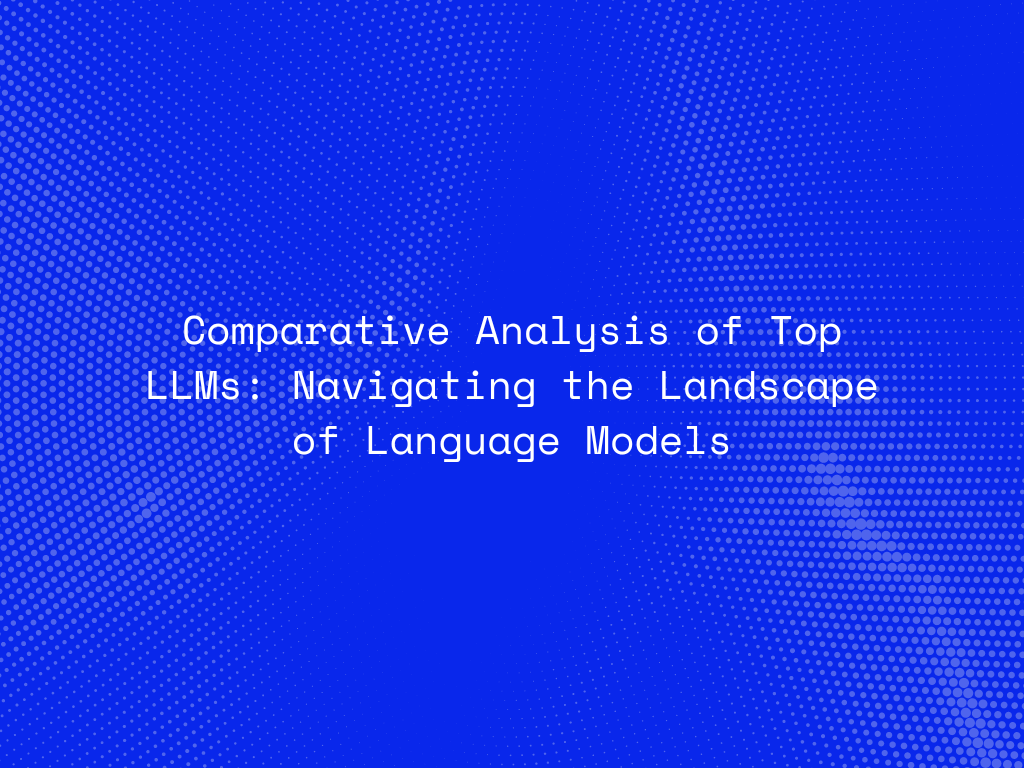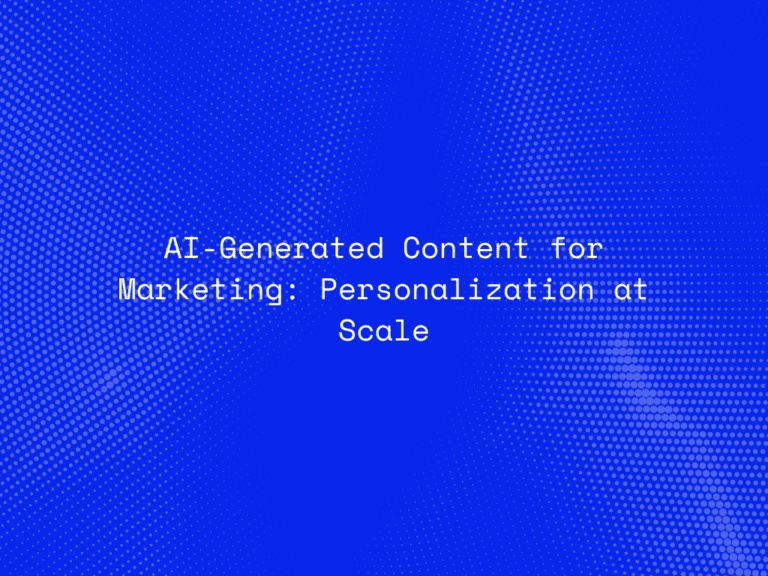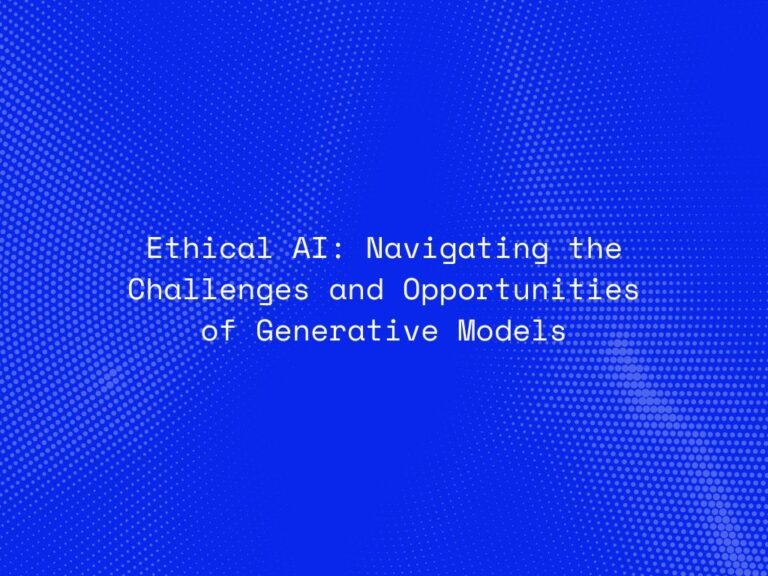In the world of language models, people are always trying to find the best ones for understanding and processing human language. Whether you’re interested in language, data science, or just curious, it’s important to compare different large language models (LLMs). In this beginner-friendly guide, we’ll take a closer look at some of the top LLMs, explaining what makes them special and how they’re used.
Understanding the Basics: LLMs Unveiled
Before delving into the comparative analysis, let’s grasp the fundamentals. LLMs are sophisticated AI systems designed to understand and generate human-like text based on input data. They serve as the backbone for various natural language processing tasks such as text generation, translation, sentiment analysis, and more.
Opensource vs. Closed Source Models: Bridging the Divide
When delving into the world of LLMs, one of the fundamental distinctions lies between Opensource and Closed Source models. Opensource models, like GPT-4 and BARD, are freely available for anyone to access, modify, and distribute. On the other hand, Closed Source models, such as Mistral, are proprietary and often developed by companies for specific purposes.
Real-World Example: OpenAI’s GPT (Generative Pre-trained Transformer) series, including GPT-4, has gained popularity for its versatility and accessibility. In contrast, companies like Salesforce develop proprietary LLMs like CTRL for their internal use.
GitHub Copilot, powered by OpenAI’s GPT technology, exemplifies the collaborative potential of opensource LLMs. By harnessing the collective intelligence of developers worldwide, Copilot assists programmers in writing code snippets, enhancing productivity, and promoting knowledge-sharing.
Exploring Different LLMs: A Closer Look
- LLama: Developed by researchers at Google, LLama focuses on multimodal understanding, integrating both text and image data for more comprehensive comprehension.
Real-World Example: Enhancing Image Captioning with LLama
Imagine browsing through a photo album on your smartphone. With LLama’s advanced multimodal understanding, not only can it accurately caption the images based on visual content, but it can also provide contextual descriptions by analyzing accompanying text, enriching the overall browsing experience.
- GPT-4: The fourth iteration of OpenAI’s GPT series, known for its remarkable natural language processing capabilities and widespread adoption in various applications.
Real-World Example: Empowering Content Creation with GPT-4
Consider a scenario where a content creator is tasked with generating engaging blog posts on a diverse range of topics. Leveraging GPT-4’s sophisticated language understanding and generation capabilities, the creator can effortlessly produce high-quality content that resonates with their audience, driving engagement and fostering community interaction.
- BARD: Another creation by OpenAI, BARD stands out for its ability to generate high-quality text and has been used for tasks ranging from creative writing to code generation.
Real-World Example: Accelerating Software Development with BARD
In the realm of software development, time is of the essence. With BARD’s prowess in code generation, developers can expedite the coding process by leveraging its ability to generate syntactically correct and efficient code snippets. This not only enhances productivity but also fosters innovation in software engineering practices.
The Rise of Multimodal and Image LLMs:
In recent years, there’s been a big change in how AI understands things. Now, instead of just reading text, it can also look at pictures. This is called “multimodal AI,” and it’s making AI smarter than ever before
Some of the coolest multimodal AI models are:
- Qwen: This one can understand both text and images, making it great for things like describing pictures or even making images from text.
- Midjourney: It’s like a super-smart detective for images. You show it a picture, and it can answer questions about what’s in the picture.
- Google Gemini: This is Google’s own multimodal AI. It’s still new, but it’s getting better at understanding both text and images every day.
With multimodal AI, the possibilities are endless. We’re just starting to see what it can do, but it’s already making technology more helpful and exciting for everyone.
Evaluation Metrics and Performance
Evaluation metrics are like report cards for LLMs. They tell us how well a model is doing on specific tasks. Here are a few important ones:
- BLEU Score: This is used to measure how similar a model’s generated text is to a set of reference texts. It’s often used for tasks like translation or text generation.
- F1 Score: When it comes to question answering, the F1 score tells us how accurate the model’s answers are compared to the correct answers.
- Accuracy: For tasks like classification (sorting things into categories), accuracy tells us how often the model gets the right answer.
Real-World Example: Choosing the Best LLM for Translation
Imagine you’re building an app that translates text from one language to another. By comparing LLMs using BLEU score, you can choose the one that produces the most accurate translations. This ensures that your app delivers high-quality translations to users.
Conclusion
The world of LLMs offers a vast landscape of models with diverse capabilities and applications. Whether you’re interested in text generation, image understanding, or multimodal comprehension, there’s a model out there tailored to your needs. By understanding the differences between various LLMs and their real-world use cases, you can navigate this exciting field with confidence.




